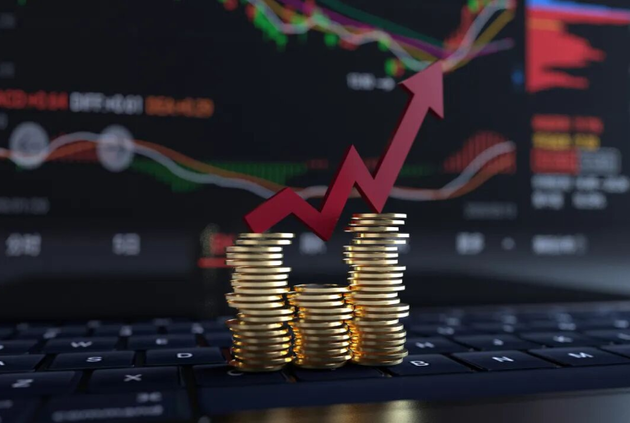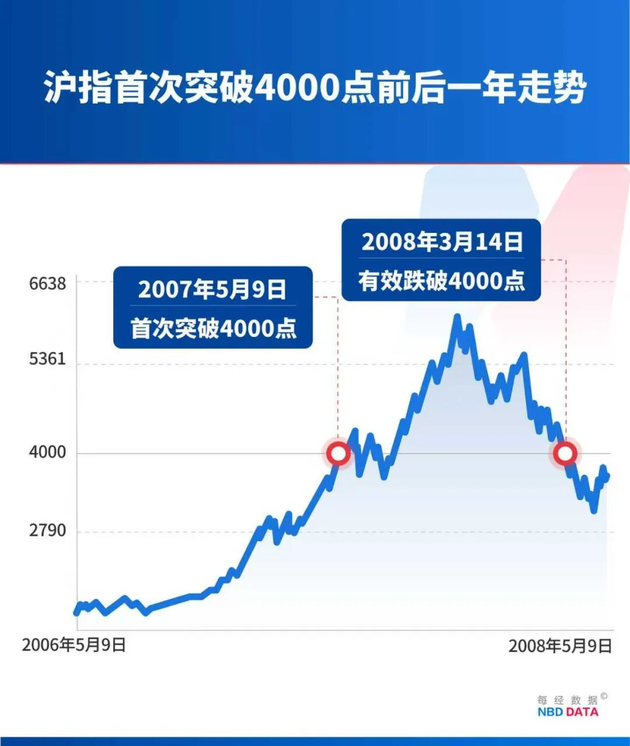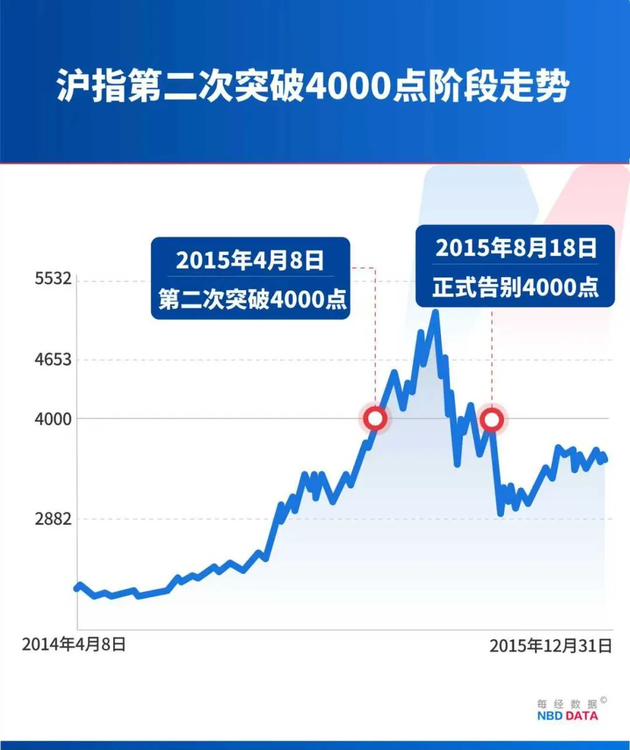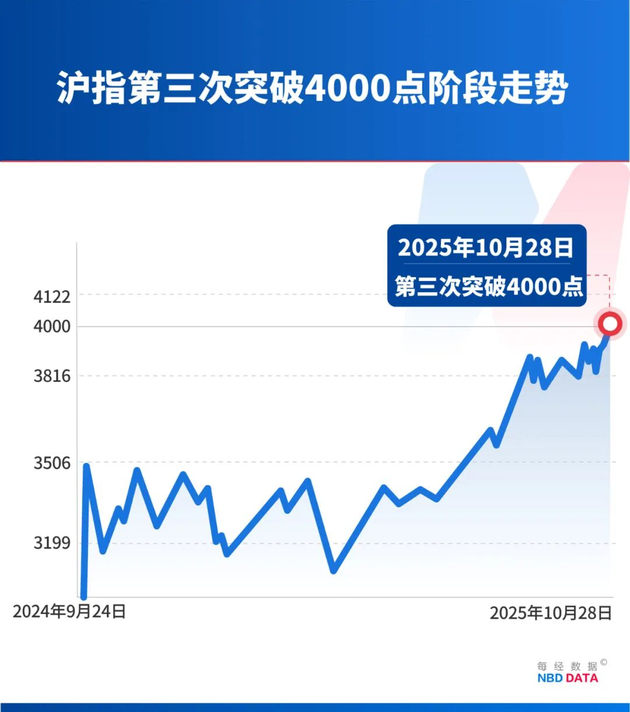
Photo/VCG
On the morning of October 28, the Shanghai Composite Index (SCI) broke the 4,000-point mark for the first time in nearly a decade, a pivotal moment that has ignited significant discussion among economists and strategists. This marks the third time in the SCI's history that it has surpassed this key psychological and technical level.
Significance of the 4,000-Point Breakout
Chief economists are unanimously assigning great significance to this integer-point breakthrough. Cheng Qiang, Director of the Research Institute and Chief Economist at Topsperity Securities, stated to the National Business Daily (NBD) that the 4,000-point level is highly symbolic, representing both a shift in market confidence and a sign that deepening policy reforms are taking effect.
The consensus among various institutional experts is that a new "Slow Bull" pattern for A-shares has begun, driven by technological breakthroughs and strategic confidence.
Core Drivers of the Current Rally
Cheng Qiang elaborated that the rally over the past year has been less about a significant improvement in corporate earnings or a trend change in the risk-free rate, and more about a shift in the dominant market narrative that has fundamentally altered risk appetite.
He highlighted three key drivers:
1. Policy Shift: A change in expectations resulting from a pivot from short-term policy stimulus to the construction of long-term institutional frameworks.
2. Strategic Confidence: Renewed confidence stemming from technological breakthroughs and strategic self-reliance.
3. Funding Support: Incremental capital inflow.

Photo/VCG
A Distinct "Tech Bull" Market
A notable characteristic of the current rally, compared to the previous two times the SCI broke 4,000 points (in 2007 and 2015), is the pronounced "Tech Bull" feature.
Data indicates that sectors such as Communications, Nonferrous Metals, and Electronics have led the charge over the past year, fueled by the AI computing power boom. This contrasts sharply with the previous rallies, which were primarily driven by traditional cyclical industries.
Short-Term Caution Amidst Long-Term Optimism
While the long-term outlook remains overwhelmingly positive, with multiple institutions predicting a "Slow Bull," some analysts anticipate short-term volatility.
A chief strategist from a leading brokerage firmly asserted, "4,000 points is still not the end," and believes the market's upward momentum is healthy and sustainable.
Conversely, some market participants, including a large brokerage chief strategist and a Shanghai-based private equity professional, suggest the index might see short-term fluctuations and consolidation near 4,000, as investors may realize short-term expectations or older locked-up capital is released.
Historical data supports a sustained rally once 4,000 is breached, with the strong market structure lasting for several months in both 2007 and 2015.



Institutional Outlook and Sector Focus
Looking ahead, institutions are adjusting their strategies:
The overwhelming consensus is that Technology will remain the "main line" of this "transformation bull" market. Cheng Qiang pointed to potential new growth narratives from AI commercialization and semiconductor breakthroughs.
Cheng Qiang also highlighted sectors set to benefit from the 15th Five-Year Plan and the emphasis on building a "three-tiered industrial system" (traditional industry upgrading, emerging industry growth, and future industry layout). Key areas include technological self-reliance and advanced manufacturing (high-end chips, AI, commercial aerospace), green and low-carbon industries, and security-related industries.
Overseas investors are showing increasing interest in Chinese equities. Goldman Sachs and J.P. Morgan are bullish, with Goldman predicting a more durable and prolonged uptrend and major indices potentially rising by approximately 30% by the end of 2027. Foreign capital is particularly focused on the Tech (TMT) and anti-involution themes.
The re-crossing of the 4,000-point threshold is not just a statistical event but a powerful confirmation of a new, structurally healthier A-share market that is fundamentally being driven by innovation, strategic policy, and shifting capital flows.


 川公网安备 51019002001991号
川公网安备 51019002001991号





